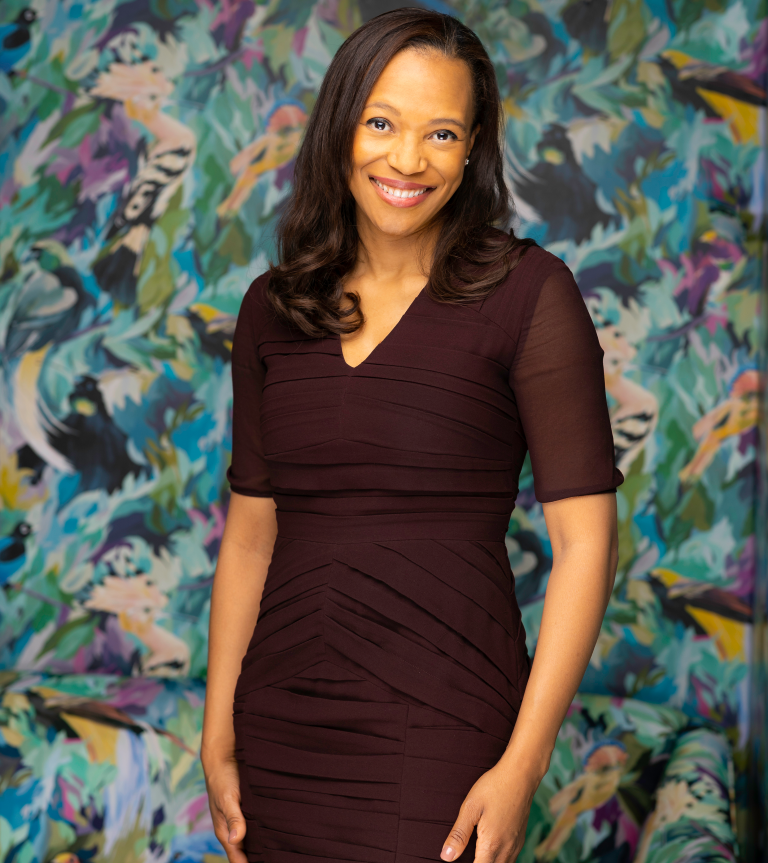IT IS OFTEN SAID THAT TRUE COLOURS ARE REVEALED IN A CRISIS. SANDERSON – A RICH LEGACY FIRM THAT THRIVES ON CREATIVE COLLABORATION – WAS, LIKE MOST BUSINESSES, FORCED APART BY THE PANDEMIC. BUT INSTEAD OF SUFFERING THROUGH SEPARATION, IT CREATED STRONGER BONDS AND PRESENTED THE OPPORTUNITY TO REDESIGN THE BUSINESS OPERATION IN LINE WITH FUTURE DEMANDS AND OPPORTUNITIES AHEAD.







